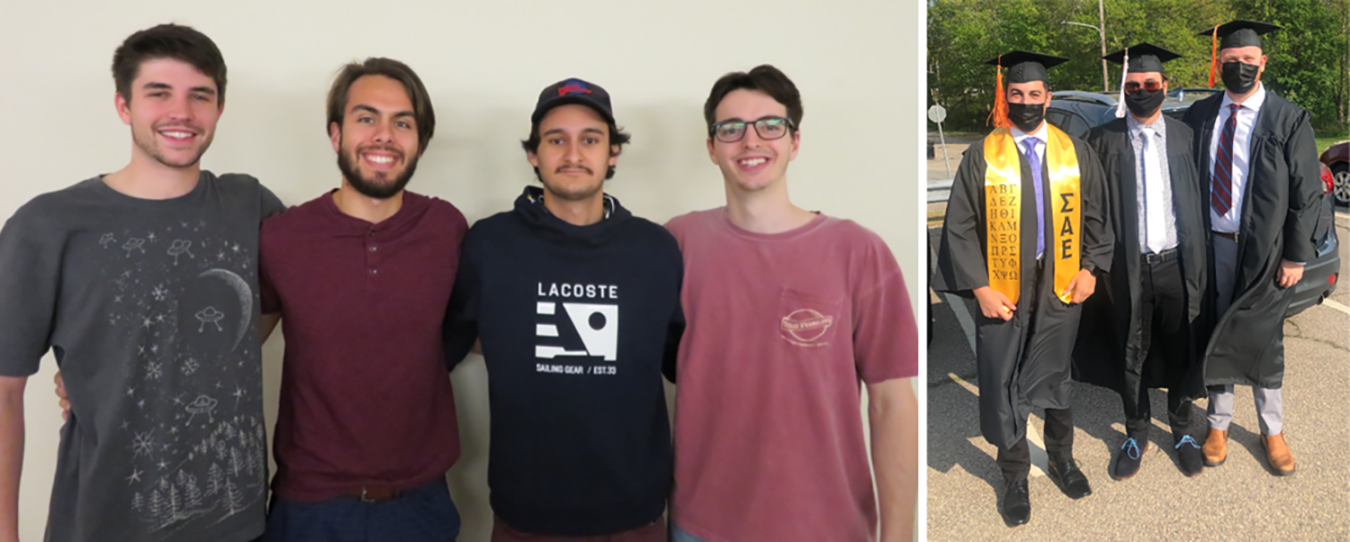NNSA partners with National Laboratories and universities to introduce engineering students to the field of international safeguards. Safeguards ensure that nuclear material and facilities are not used to illicitly manufacture nuclear weapons.
National Nuclear Security Administration
July 27, 2021
As part of its mission to recruit, educate, and retain a new generation of U.S. experts in international nuclear safeguards, NNSA’s Office of Nonproliferation and Arms Control partners with National Laboratories and universities to introduce engineering students to the field of international safeguards. Safeguards ensure that nuclear material and facilities are not used to illicitly manufacture nuclear weapons.
The university partnerships allow students to work with National Laboratory experts and gain hands-on experience designing international nuclear safeguards tools.
NNSA is pleased to link students at leading universities with experts at the National Labs. These partnerships give students technical training from world-class researchers and help build the rising generation of nuclear experts.
“NNSA is pleased to link students at leading universities with experts at the National Labs. These partnerships give students technical training from world-class researchers and help build the rising generation of nuclear experts,” said Kasia Mendelsohn, Acting Deputy Administrator of NNSA’s Office of Defense Nuclear Nonproliferation.
As part of these efforts, Los Alamos National Laboratory (LANL) began a Safeguards by Design (SBD) Challenge in 2017, inviting undergraduate students studying mechanical engineering to incorporate SBD into their Senior Capstone Design Projects. The SBD approach integrates safeguards verification considerations into the design process of a new nuclear facility to allow for an ideal combination of economical and operational characteristics, as well as international safeguards.
At the start of each SBD Challenge, a team of LANL subject matter experts provides students an overview of the International Atomic Energy Agency, the nuclear fuel cycle, and the SBD approach.
“Many universities around the United States have research reactors but do not have nuclear engineering programs, so students are not exposed to international nuclear safeguards,” said Carolynn P. Scherer, a member of LANL’s SBD Challenge team. “This program’s principal objective is to fill that void.”
The team provides students with a set of engineering challenges and asks them to design a tool for application at the university’s research reactor. Throughout the year, the team works with the students and helps them devise practical solutions as they design, build, and test their tool.
Since 2020, the COVID-19 pandemic has forced universities to cancel most classroom instruction and limit direct student-professor interactions, but LANL adapted the project to a fully remote format. Throughout the duration of the project, students from the University of Rhode Island and the University of Texas at Austin virtually met with laboratory personnel to describe and illustrate their prototypes. Although the students were unable to build the prototypes and the LANL team could not oversee final testing onsite, the students continued to meet with one another and receive virtual guidance from the technical experts.
Despite the roadblocks, students found the course successful and reported a new understanding of international nuclear safeguards. They applied the lessons of mechanical engineering to the field of nuclear nonproliferation as they learned how safeguards needs interact with standard engineering requirements. The result was a multidisciplinary culmination of their undergraduate studies.

